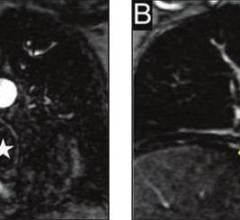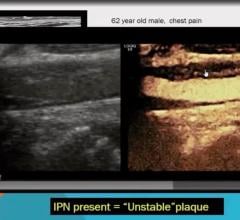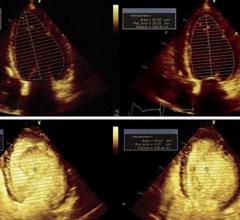
July 12, 2016 — The updated American College of Radiology (ACR) Manual on Contrast Media contains a statement addressing the U.S. Food and Drug Administration (FDA) safety communication on use of gadolinium-based contrast agents for magnetic resonance imaging (MRI).
Gadolinium-based contrast agents are administered to approximately 30 million patients every year to improve the diagnostic accuracy of MR examinations. Researchers have found that gadolinium-based contrast agents may leave deposits in the brain, bone and other organs. “If the decision is made to use a gadolinium-based contrast agent for an MRI study for an individual patient, multiple factors need to be considered … including diagnostic efficacy, relaxivity, rate of adverse reactions, dosing/concentration and propensity to deposit in more sensitive organs, such as the brain,” notes a joint statement from the ACR and the American Society of Neuroradiology (ASNR).
“This vital guide for radiologists enhances the safe and effective use of contrast media in daily practice to ensure optimal patient care,” said Jacqueline Bello, M.D., FACR, chair of the ACR Commission on Quality and Safety. “The timely inclusion of the ACR and ASNR joint statement addresses questions posed by many radiology professionals about gadolinium-based contrast agents in the previous months,” she added.
“Reviews from radiologists show that this reference on contrast media is a practical and valuable resource in support of the millions of radiological examinations that may be assisted by intravascular contrast media annually,” said James H. Ellis, M.D., FACR, chair of the ACR Committee on Drugs and Contrast Media. He noted that the manual continues to be available for free as a frequently updated downloadable document on the ACR website.
Version 10.2 of the resource for using contrast media in diagnostic imaging includes:
- An updated footnote in “Metformin,” concerning the FDA’s April 2016 guidance on patients who take this medication and who receive iodinated contrast media;
- Information and new references about intra-osseous injection in “Injection of Contrast Media”; and
- The addition of a document version history, so users may track changes from version to version.
For more information: www.acr.org


 August 17, 2023
August 17, 2023 







